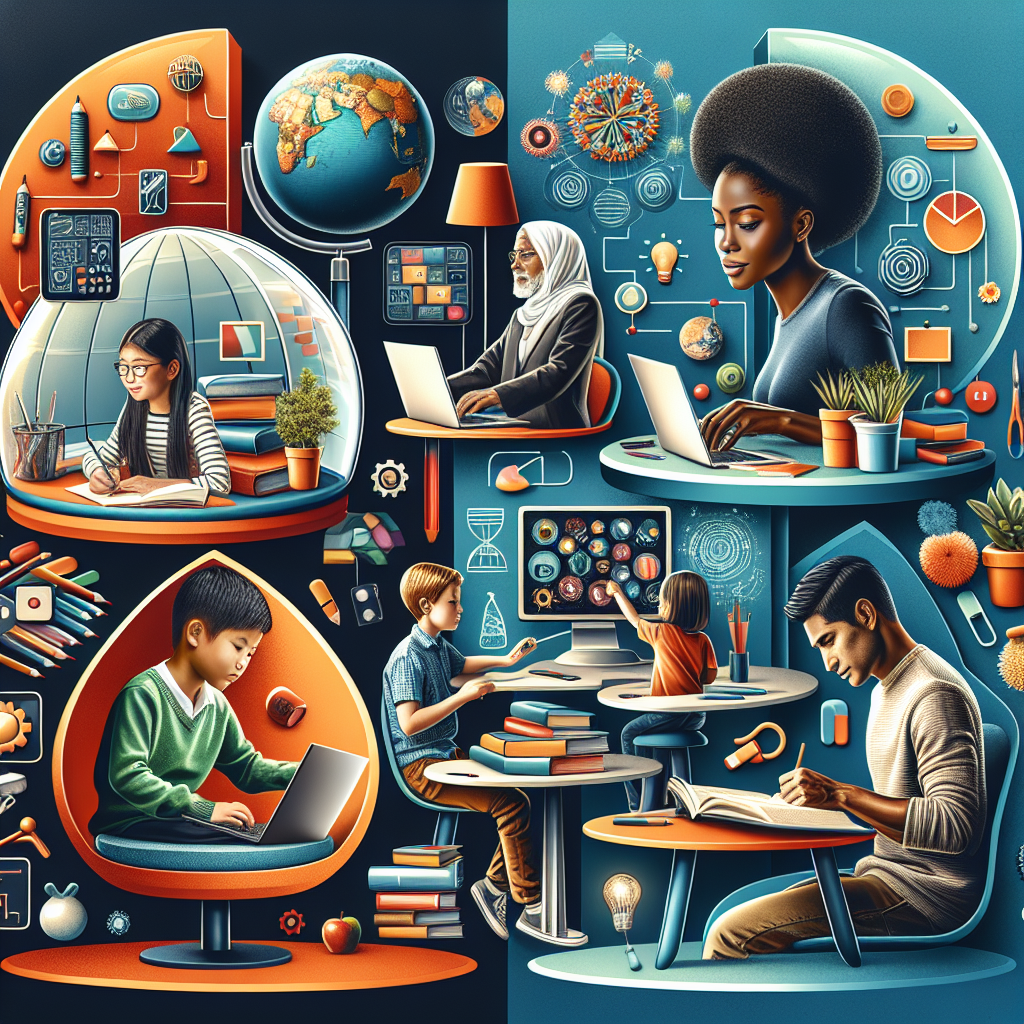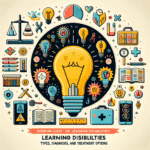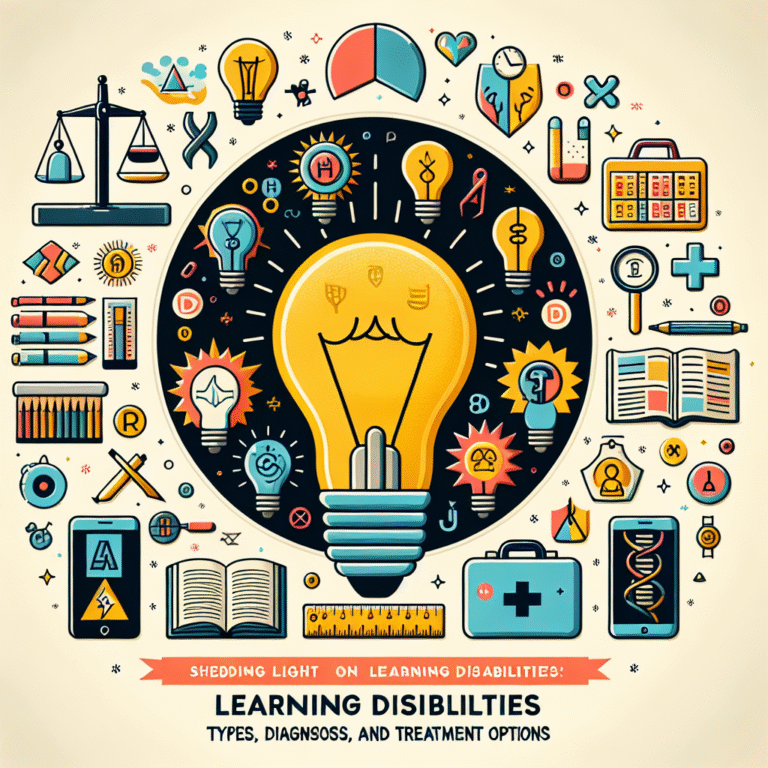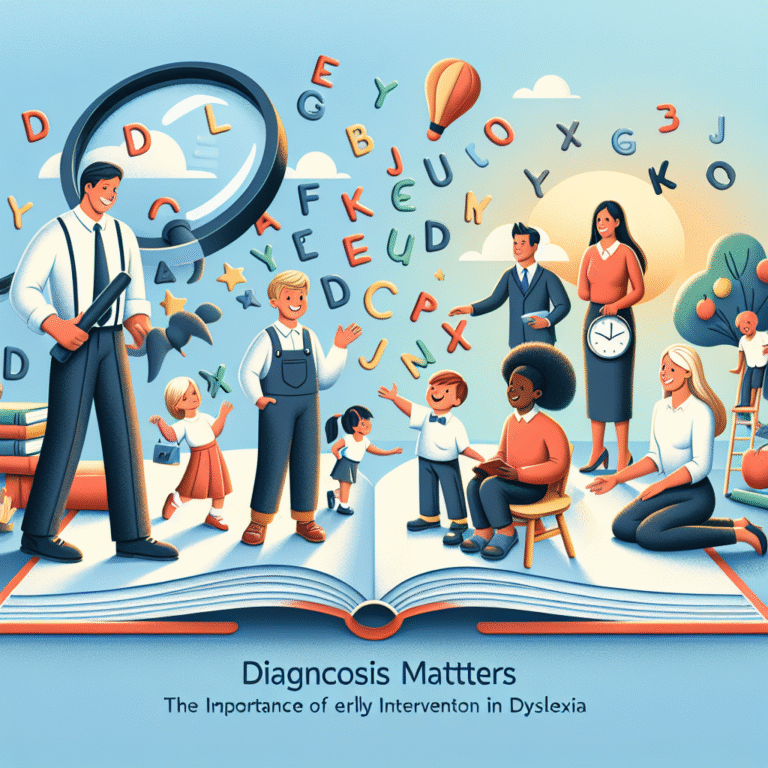
The Ultimate Guide to Innovative Learning: Adaptive Study Techniques for Every Learner
Introduction
In an era where traditional learning methods are being redefined, Innovative Learning: Adaptive Study Techniques for Every Learner emerges as a lifeline for students and educators alike. With rapid changes in technology and insights from cognitive science, the way we approach learning must evolve. Whether you’re a seasoned student, a busy professional, or an educator seeking to enhance your teaching methods, this guide will illuminate how personalized strategies can cater to diverse learning styles and maximize educational outcomes.
Imagine stepping into a classroom where each student’s unique needs are not merely acknowledged but actively addressed. Picture a world where technology is harnessed not merely as a tool but as a catalyst for personalized learning experiences. Welcome to the revolution of adaptive study techniques, where every learner can thrive.
Understanding Innovative Learning
Innovative learning encompasses new methodologies and tools that reshuffle the traditional educational landscape. It relies on the idea that learning is not a one-size-fits-all approach. Instead, it values adapting and molding practices that align seamlessly with individual strengths and weaknesses. This adaptability makes learning not only more effective but also more enjoyable.
The Importance of Adaptive Study Techniques
Customized Learning Experiences
Every learner is different, with unique preferences and challenges. Adaptive study techniques acknowledge these differences and provide tailored resources that make learning more effective.
Improved Engagement and Retention
When learners feel that their needs and interests are being considered, their engagement spikes; this leads to better retention and transfer of knowledge.
- Flexibility in Learning Styles
Different learners have varied styles—some are visual learners, while others learn best through auditory means or kinesthetic activities. Adaptive study techniques provide flexibility that conventional methods often lack.
Key Adaptive Study Techniques
1. Personalized Learning Plans
Personalized Learning Plans (PLPs) empower learners by setting individualized goals based on their strengths and weaknesses. For example, a student struggling with reading comprehension might follow a different trajectory than a peer who excels in verbal skills.
Case Study: Customizing Literacy Education
A school district in Texas implemented PLPs for its reading program. Each student underwent assessments to identify their reading level and comprehension skills. The tailored plans not only showed a 20% increase in reading proficiency but also improved student morale and interest in reading.
2. Technology-Enhanced Learning
The digital revolution has provided endless possibilities for innovative learning. Tools like artificial intelligence (AI), machine learning, and software applications can adapt educational content in real-time. For instance, platforms like Khan Academy and Duolingo offer personalized lessons based on user interaction.
Case Study: AI in Language Learning
A startup called Lingvist uses AI to personalize language education. The algorithm adjusts lessons based on the learner’s pace and areas of difficulty. Within three months of using the platform, users reported a 30% faster learning curve compared to conventional methods.
3. Gamification
Incorporating game mechanics into study techniques enhances engagement and motivation. Students are more likely to retain information when they see learning as a rewarding, game-like experience rather than a daunting task.
Case Study: Gamified Mathematics Education
An after-school program introduced a gamified approach to mathematics, using challenges and rewards systems. Students showed a 50% increase in participation and a significant improvement in their mathematical skills, proving that making learning fun can result in academic success.
4. Peer Learning
Collaborative learning techniques build social skills and improve comprehension through group interactions. Students can explain concepts in their own words, enhancing understanding for both the explainer and the receiver.
Case Study: Peer Tutoring Model
A Connecticut high school implemented a peer tutoring program where seniors tutored freshmen struggling with algebra. Not only did the program help younger students achieve a passing grade on standardized tests, but it also bolstered the confidence and proficiency of the seniors involved.
Tables and Charts
| Technique | Benefits | Real-World Application |
|---|---|---|
| Personalized Learning Plans | Customized goals | Texas school district |
| Technology-Enhanced Learning | Real-time adjustments | AI language tool – Lingvist |
| Gamification | Increased engagement | Math program with game mechanics |
| Peer Learning | Enhanced social and academic skills | Connecticut high school’s peer tutoring program |
Implementing Innovative Learning: Steps for Educators and Learners
1. Assess Individual Needs
Conduct assessments to identify each learner’s strengths, challenges, and preferences. This data forms the foundation for creating effective adaptive strategies.
2. Choose the Right Tools
Whether it’s an online platform, educational app, or gamified system, select tools that best cater to the learners’ needs.
3. Foster a Growth Mindset
Encourage a culture of continuous improvement. Learning is a journey, and mistakes should be seen as opportunities for growth.
4. Collect Feedback
Regularly gather feedback from students to refine strategies. This makes the educational process iterative and responsive.
Conclusion
The world of education is evolving, and the future lies in Innovative Learning: Adaptive Study Techniques for Every Learner. By embracing adaptive learning methods, we can cater to the diverse needs of every student, celebrating differences while ensuring that no one is left behind. Whether you’re a student eager to take control of your learning journey or an educator looking to implement transformative practices, remember: each adaptive technique offers a pathway to success.
FAQs
1. What are adaptive study techniques?
Adaptive study techniques are personalized learning strategies that cater to individual learning styles and preferences, enhancing engagement and retention.
2. How do personalized learning plans work?
Personalized learning plans outline specific goals for each student based on their unique strengths and weaknesses, guiding them to improve at their own pace.
3. What technologies are used in adaptive learning?
Technologies such as AI, machine learning, and various educational apps adapt content and learning experiences in real-time according to student performance.
4. How can gamification enhance learning?
Gamification employs game mechanics to make learning enjoyable and engaging, thereby increasing motivation and retention among students.
5. What role does peer learning play in adaptive techniques?
Peer learning encourages collaboration and social interaction, allowing students to teach and learn from each other, which can enhance understanding and retention of material.
In a rapidly changing world, the need for innovative learning techniques is more important than ever. Embrace these innovative pathways, and watch as both students and educators navigate the future of education more effectively than ever before.









